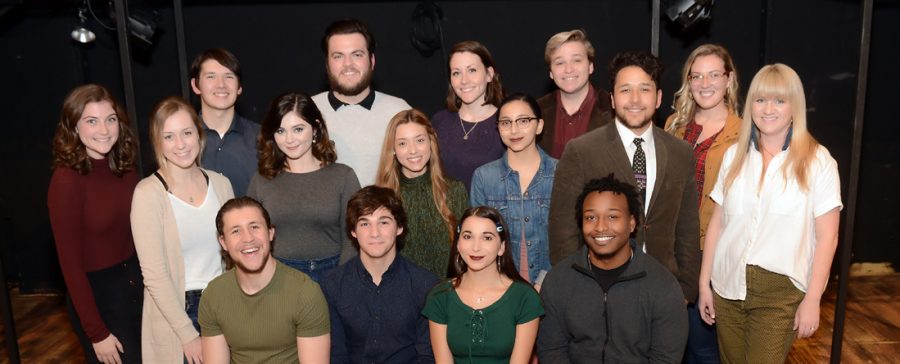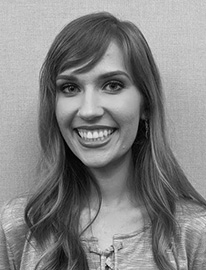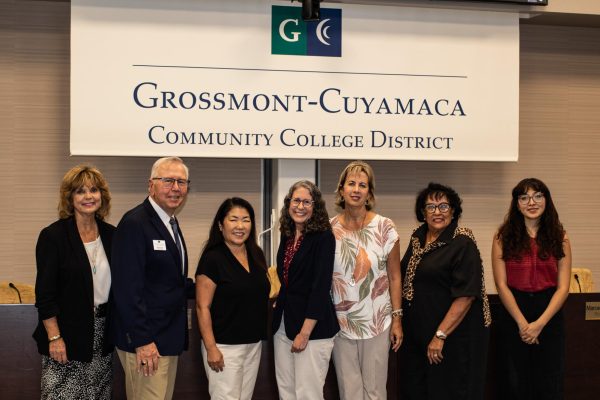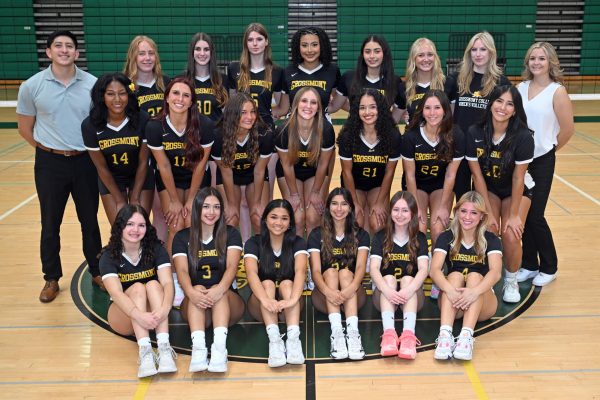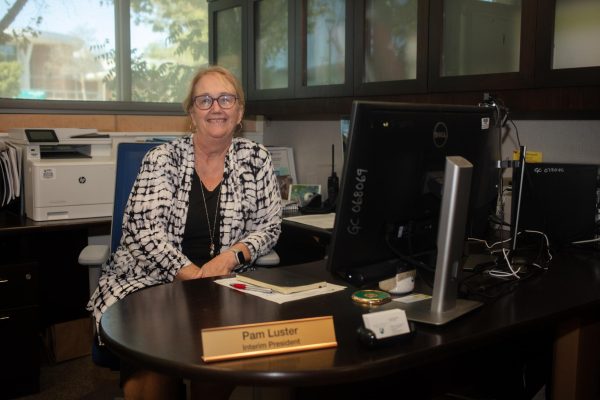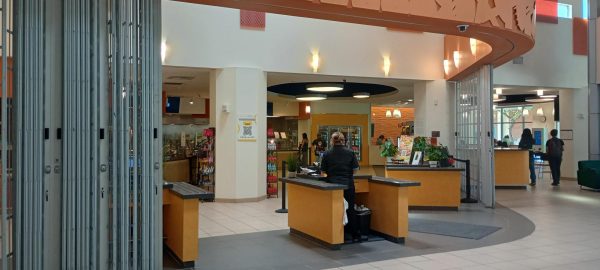Lessons From Spring Awakening
Grossmont’s recent play offers important insight into sexual and mental health.
The directors and cast of Spring Awakening.
April 12, 2019
Opening night of Spring Awakening at the Stagehouse Theatre entertained its viewers through song, dance and an incredibly powerful message.
The night followed a group of German teenagers through one of life’s confusing seasons: exploring sexuality and life’s deep sorrows.

Each character represented a relatable quality to the audience, young and old, as the actors portrayed raw emotions.
Actor Leo Ebanks said his role felt nostalgic: “ brought me back to when I discovered sex for the first time.”
Referring to the character he portrayed in Spring Awakening, Ebanks continued: “Their parents never taught them anything, so it’s these high school kids discovering it on their own.”
Wendla, played by Mia Apalategui, opened the stage with her angelic voice matching her innocent persona. However, the innocence was fading as she persistently asked her mother, played by Laura Jimenez, the age-old question:
“Where do babies come from?”
The inquiry evoked laughter from the crowd as mothers and fathers reminisced about the day their children asked the same question. College students in the audience laughed at the memories of their own ponderings as children.
Everyone sat anticipating the tricky maternal response. Unfortunately, Wendla did not get an answer. This opening scene set a theme of the night: curiosity.
When schoolboy Moritz Stiefel, played by Trevor Cruse, was unfairly expelled from school, he was faced with confusion and anguish, which led to depression. Stiefel’s pain drove him to ask himself a tormenting question: “How can I end it all?”
Murmurs of deep sorrow could be heard from the audience as Stiefel’s scene ended with a gunshot. The truth of academic and social pressures leading to suicide were acknowledged solemnly.
The Spring Awakening playbill received by each viewer contained information for emotional and suicidal support.
Although the whole theater was somber after Stiefel’s painful goodbye, the show carried on through Wendla’s continued exploration of knowledge. Melchior Gabor, played by Noah Filley, held all the answers Wendla sought. He was reprimanded when caught sharing the information with his male classmates.
Eventually, through musical numbers, choreography and dialogue, Wendla found her answer— the hard way.
When Wendla was visited by the doctor to confirm her pregnancy, Wendla said to her mother: “My god! Why didn’t you tell me?”
Director Meg DeBoard said this was her favorite line of the performance because she believes teaching youth about sex education and depression is important. “Communication is key,” she said.
Wendla and Stiefel serve as a reminder how reaching out to others could make the difference of saving a life.
Ebanks who played George, a schoolboy, said what he was most proud of: “The work that I put in. Learning choreography and singing then putting it all together and hoping for perfection.”
Although the actor’s preparation was apparent, the whole production crew worked just as tirelessly to create a seamless performance.
As Spring Awakening was DeBoard’s second time directing a show at Grossmont, she said: “This show daunted me at first. Because of the content, I had to make sure the actors felt safe, and it was enjoyable for the audience.”
DeBoard continued: “Not everyone does this show, it wasn’t something I pictured myself directing. I discovered it wasn’t actually scary because the actors, choreographer and production team were such strong collaborators.”
The show was enhanced by the stage’s set, which was built by the direction of scenic and property designer Michael McKeon.
The two- level structure on stage created versatility for the varying scene’s location. Despite the lack of distinctive markers, the audience could clearly visualize the different character’s bedrooms, the schoolhouse and meadow through the actor’s use of movement.
One of the set highlights included a fireman’s pole for actors to descend from the upper story to the main stage. “Actors loved going down the fireman pole,” DeBoard said.
The orchestra, led by Kyrsten Hafso-Koppman, was displayed for the audience to admire at the back of the stage. Percussion, strings and keys all magnified each actor’s vocal performance.
Michael Mizerany directed all stage choreography. The actors danced, ran in the audience and even stood on tables to tell their story through movement.
The costume team, under direction of Beth Duggan, dressed the actors in late 1800s German dresses and trousers. Laura Jimenez and Sam McCubbin both had multiple costume changes to differentiate the separate characters they portrayed.
DeBoard said: “My favorite part of the experience was the rehearsal period. I love watching the actors make discoveries about their character, watching their growth and then seeing the final outcome.”
The final outcome was ultimately a successful quest of seeking answers to the hidden questions of life.



